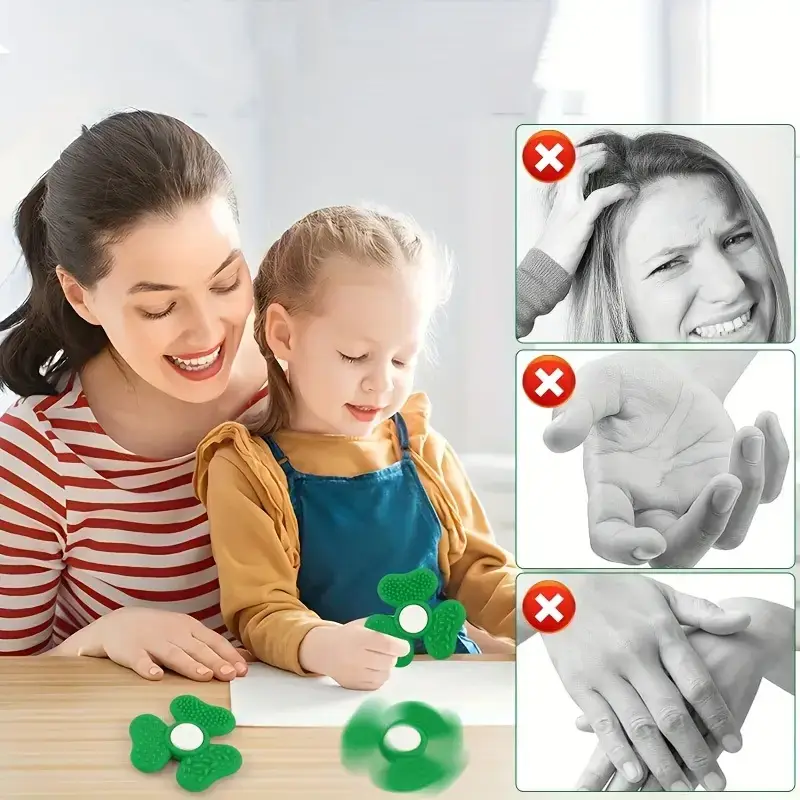Autism is a multifaceted and intricate disorder that has distinct effects on each individual. Perhaps you’ve heard phrases like “serious autism,” “Asperger’s,” or “high-functioning autism” and then questioned how they relate to the larger spectrum of autism. Even though none of the autistic people are alike, knowing the many forms of autism can help you better understand how it manifests and how you can offer assistance that is specific to each person’s needs.
This article will discuss the several classifications of autism, ranging from well-known forms like Asperger’s to more general categories that cover a range of manifestations in toddlers, females, and adults. Additionally, it will examine how autistic products, such as assistance devices and perceptual gadgets, might help people on the spectrum.
This guide will assist in unraveling the spectrum and its various manifestations, whether you’re looking to gain knowledge for a friend or relative, yourself, or just to have a better understanding of autism.
What Are the Differences in Autism?
The persistent developmental illness known as autism spectrum disorder (ASD) has an impact on how people communicate with one another and view the world. The word “spectrum” refers to the wide array of characteristics, behaviors, and difficulties that are specific to each person with autism. For several autistic people, these differences tend to render the evaluation and diagnostic process drawn out and difficult.
The autism spectrum includes a wide range of traits. While certain individuals are quite articulate but have trouble in situations of social importance, others might experience trouble communicating verbally. Common characteristics that differ in severity across the spectrum include sensory sensitivity, repetitive behaviors, and strong concentration on certain interests. By offering support that is customized to meet their particular requirements, autism products—such as language aids and visual tools—can assist people in managing these difficulties.
Which Are the Primary Forms of Autism?
In the past, autism was separated into different subgroups according to the way symptoms appeared. Considering these classifications can help one better grasp the variety of autistic situations, even though they are currently not formally utilized in diagnosis criteria. The primary forms of autism that were previously identified are as follows:
Classic Autism (Intense Autism):
Most individuals instantly picture classic autism, also called Kanner’s autism, whenever they encounter the word “autism.” Notable difficulties in conduct, social contact, and conversation distinguish it.
Features of Classic Autism:
- Significant impairments in linguistics and speech or total nonverbal interactions
- Inability to comprehend interpersonal relationships and indications
- Repetitive actions like spinning, rocking, or flailing the hands
- Severe sensitivity to various stimuli, including lights, noises, and sensations
- Extensive reliance on caretakers for day-to-day tasks
To handle their everyday lives, people with classic autism tend to need a great deal of help, and numerous might require this kind of assistance for the rest of their adult lives.
High Functioning Autism or Asperger’s Syndrome:
People with high-functioning autism, which was once known as Asperger’s syndrome, usually have standard or superior intellect and have fewer interpersonal difficulties. Language and intellectual capacities are typically not pushed back, although social challenges, sensory sensitivity, and limited interests are frequently present. Autism products, like sensory-friendly technology and auxiliary devices for communicating, might assist people in better negotiating these problems. Although they may continue to encounter particular difficulties, many members of this community excel in their areas of specialization and learn coping mechanisms for everyday life.
Childhood Disintegrative Disorder (CDD):
An uncommon and extreme form of autism, child disintegrative disorder (CDD), often referred to as Heller’s syndrome, usually manifests in children following an interval of typical growth and development. Following a minimum of two years of normal development, CDD is distinguished from other forms of autism by a notable deterioration in several domains of functioning.
At first, children with CDD develop consistently, reaching developmental milestones in physical development, language acquisition, and interpersonal relationships. They start to abruptly and significantly abandon these abilities around the ages of three to four (but this can happen later). Following a relapse, children with CDD display traits such as sensory sensitivity, limited preferences, and recurrent conduct that are comparable to those of autism.
Rett Syndrome:
An inherited neurological condition known as Rett Syndrome impacts primarily women. Despite having certain symptoms in common with autism, it is regarded as a unique disorder with a different hereditary basis.
Features of Rett Syndrome:
- Typical growth at first, then speech and physical development decline
- The wringing of the hands or repetitive motions
- Significant language disorders and mental disabilities
- Seizures and erratic breathing
Due to primary symptoms that match, Rett Syndrome is occasionally mistaken for autism, even though it is no longer categorized within ASD.
Conclusion:
Autism is a broad, complex disorder that differs widely from individual to individual. The most crucial thing is to acknowledge and value each person’s distinct talents and struggles, regardless of whether they have typical autism, high-functioning autism, or another presentation. Societies can foster more welcoming settings that enable people on the spectrum to flourish by raising consciousness about and comprehension of the various forms of autism. Additionally, by improving their daily activities and their overall health, the expanding market for autism products—such as assistive technologies and sensory tools—plays a crucial part in assisting people with autism.

